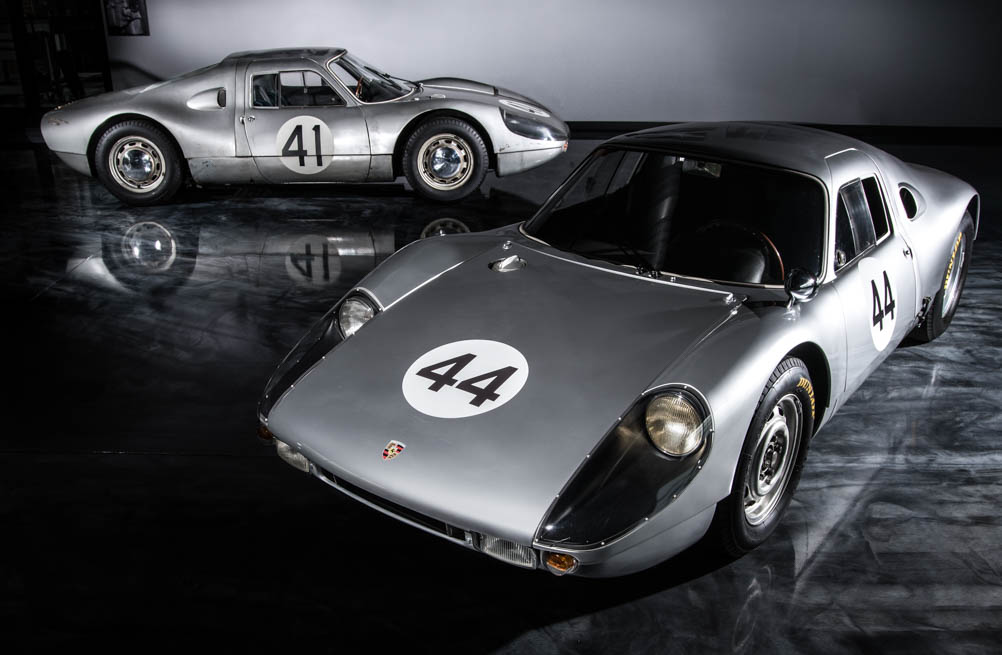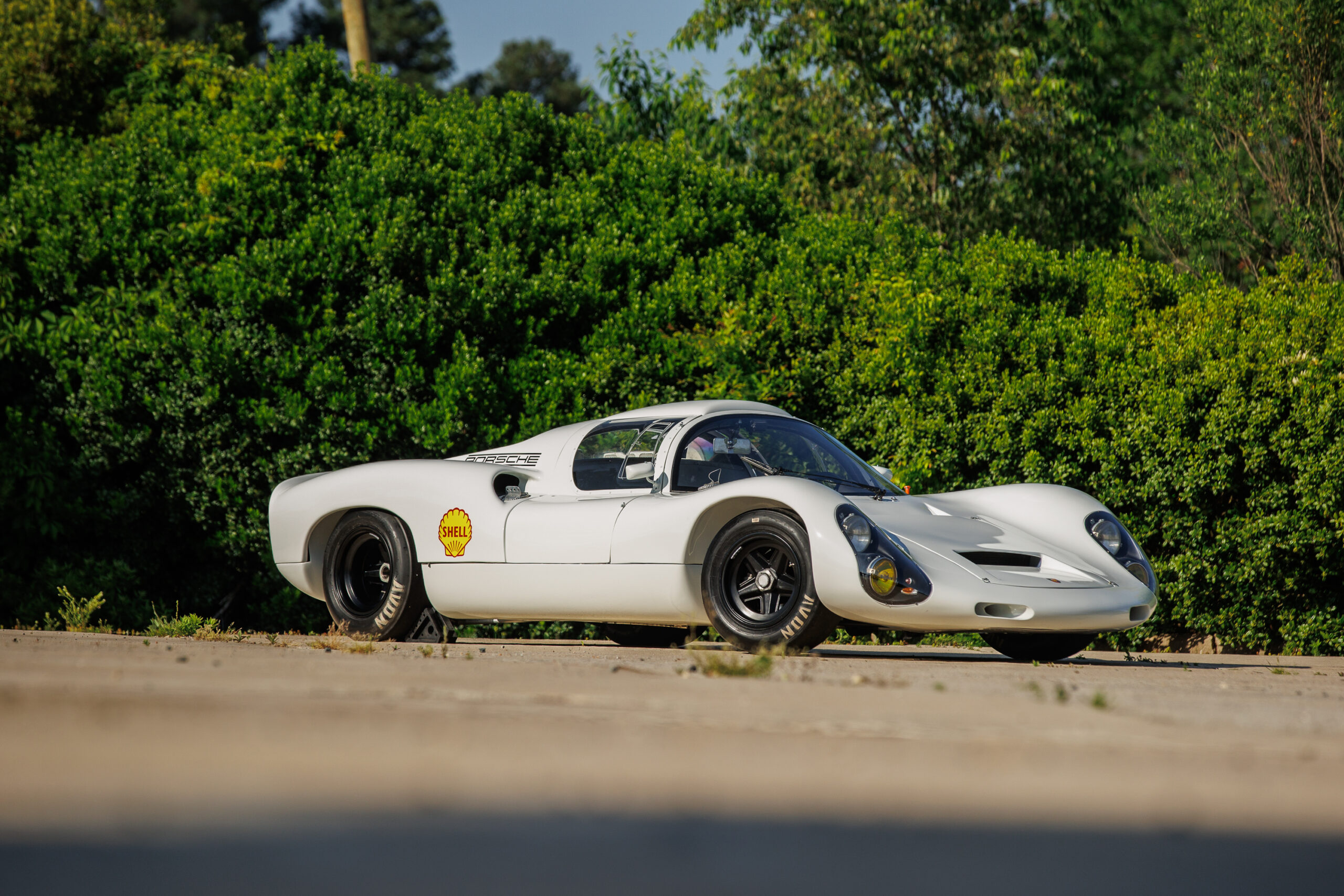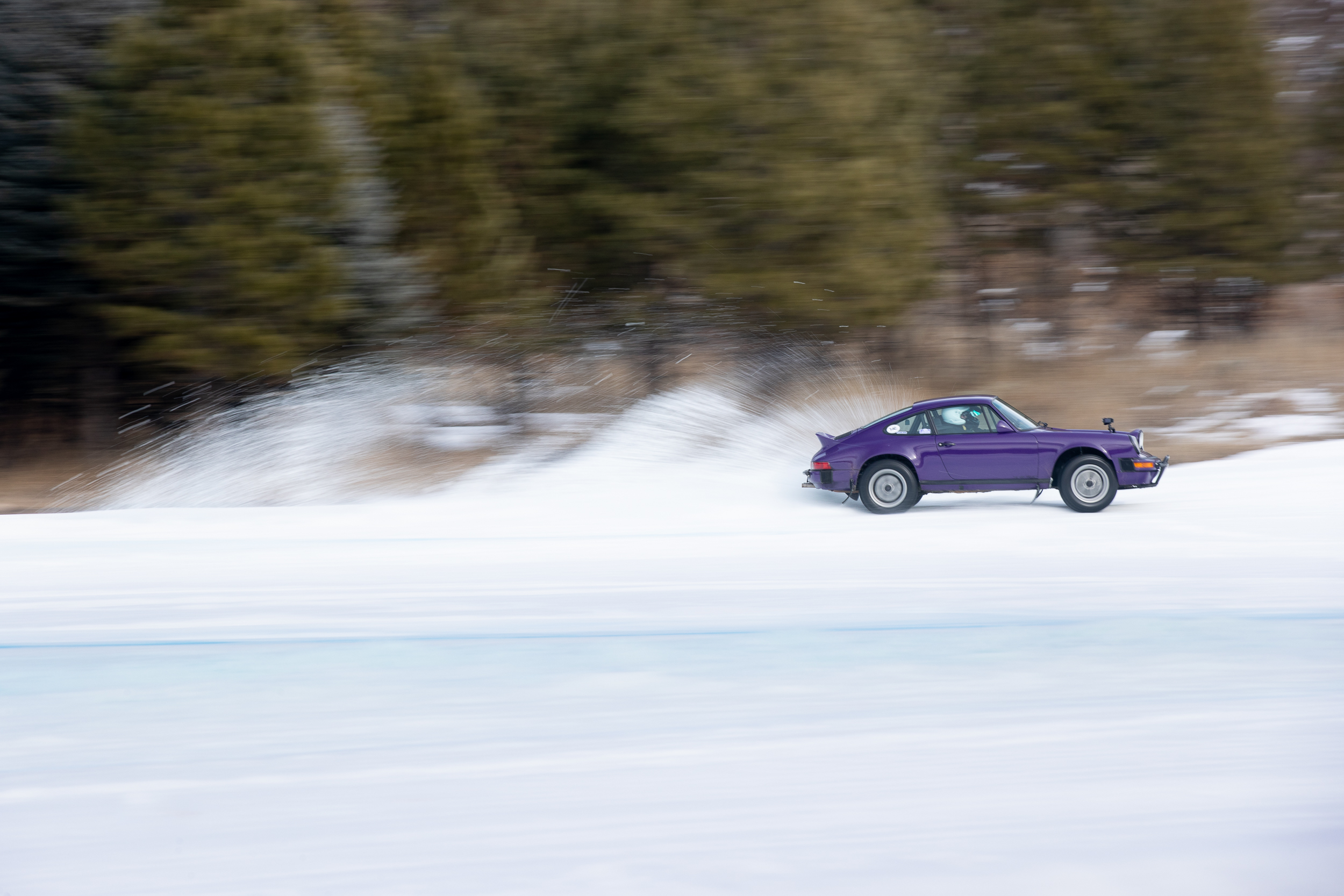Either by osmosis or the ever-shifting tides of relevance, the upper echelon of the Porsche market has an insatiable appetite for the 904 Carrera GTS and Carrera 6 right now. Often referred to as Plastic cars because of their exterior bodies made from fiberglass, these cars were recently brought back into the cultural limelight thanks to the exciting race scenes from the Ford vs. Ferrari movie.
The Porsche 904 and 906 have always been pivotal competition models and universally recognized for their significance, usability, and aesthetic beauty. Both models have long been coveted by track enthusiasts who participate in historic races. As happens with all desirable rare objects, a new generation of collectors is starting to appreciate the historical context of these models. They’re driven to experience significant events like Rennsport Reunion on a different level. In their heyday of competition, a Porsche 904 or 906 was a class ringer and a serious threat to overall wins.
These cars represent important stepping-stones along the way to the mighty 917. But, unlike the 917, you don’t need a team of people to operate them. These are street legal and registrable cars in North America. (See Jeff Zwart’s Instagram account, where he drives his 906 to cars and coffee events.) It is very much a part of the overall appeal of both cars. It is also very alluring that both race cars have exceptionally low production numbers.
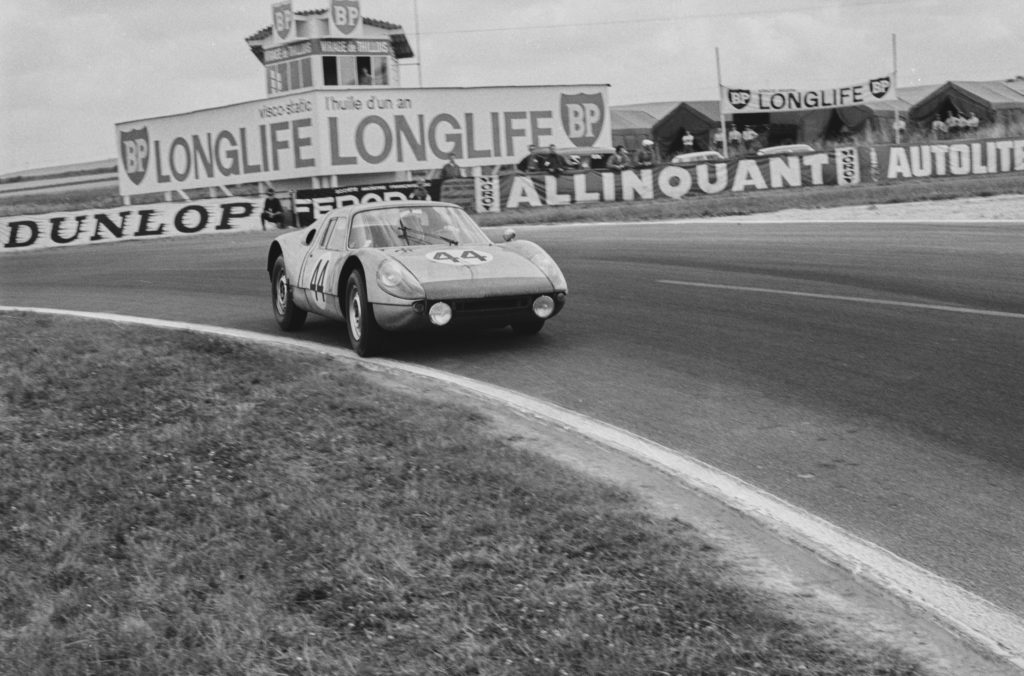
The 904 was born from the Techanical Age where race car manufacturers began to stray from the tried-and-true configurations and construction methods to experiment with new chassis layouts and composite materials. By the late 1950s, Porsche had already been utilizing fiberglass to form the seats in race cars, replacing the long and tiresome process of pounding sheet metal into shape. As the acceptance of the material grew, so did the number of components that were made in “plastic”. F.A. Porsche realized the versatility of this new method of construction and soon proposed the question: Why not make a car from fiberglass? Hans Tomala led the chassis engineers to create a box-section ladder frame while the Styling Studio engineers worked on the 904’s form. The competition version of the 901 flat-six engine was originally intended to power the 904, but was not ready, so the Top 587/3 flat-four Carrera engine was tuned to produce between 155 and 180 horsepower depending on equipment. From the plasticine model to the completed drivable car, the entire process took only four months. In total, 108 904s were completed with chassis numbers beginning with ‘904-‘, including two prototypes which were fitted with 240 horsepower flat-eight cylinder engines and one six-cylinder prototype.
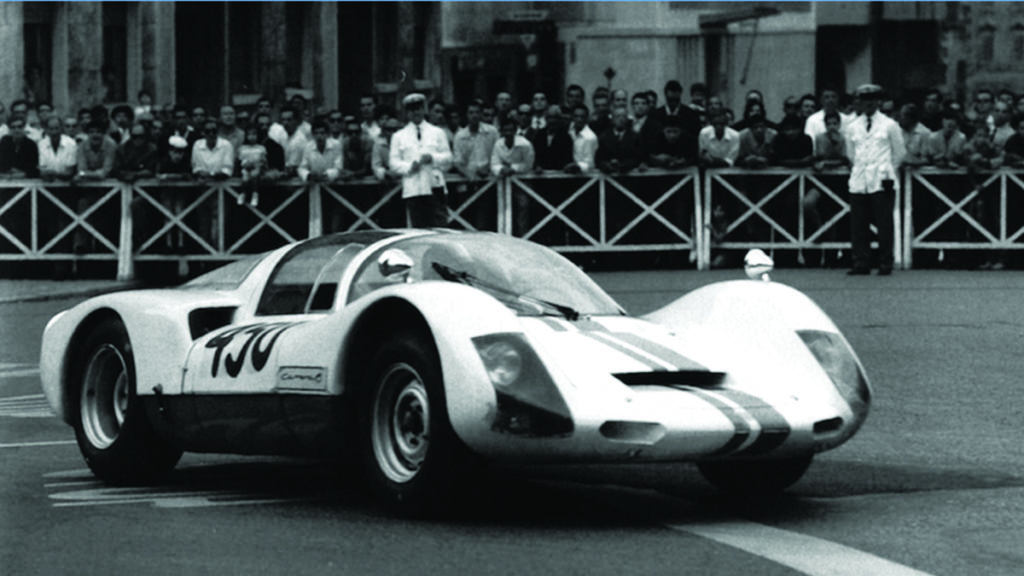
The 906 was the successor to the 904 and the first project overseen by the young Ferdinand Piech. It was built to meet the FIA’s new Sports Car category in 1966 and required only fifty examples to be produced to meet homologation requirements. Only mechanical parts from the 904 were carried over- engine, transmission, and suspension, everything else would be constructed from the ground up. Steel-tube space-frame chassis were manufactured by Karosseriewerk Weinsberg while BWR constructed the bodies. The 901/20 engine that was originally intended for the 904 was used for the 906, rated for 210 horsepower but actually producing closer to 220. From the original short-tailed version to the legendary long-tail, the 906 was a success and set the precedent of dominance which continued into modern times.
Back in 2010, I had a hunch that the famous 550 Spyder model was undervalued compared to its Ferrari competition brethren from the era. At that time, one million dollars was enough money to buy a top tier example and I was able to convince my father to quickly act on a rare opportunity that came available. Five years later, top tier 550 Spyder models were easily selling in the upper three million range. Ironically, we now see ‘bitza’ (bits and pieces) 550 Spyder’s sell in the two million range.
In a similar fashion, the 904 and 906 markets have been undervalued for some time and are experiencing a renaissance based on their compelling merits. For those in the know, these cars have been bullishly selling for ever-increasing numbers. Road Scholars has placed several examples recently, including two 904’s in the past year and three 906’s in the last six months.
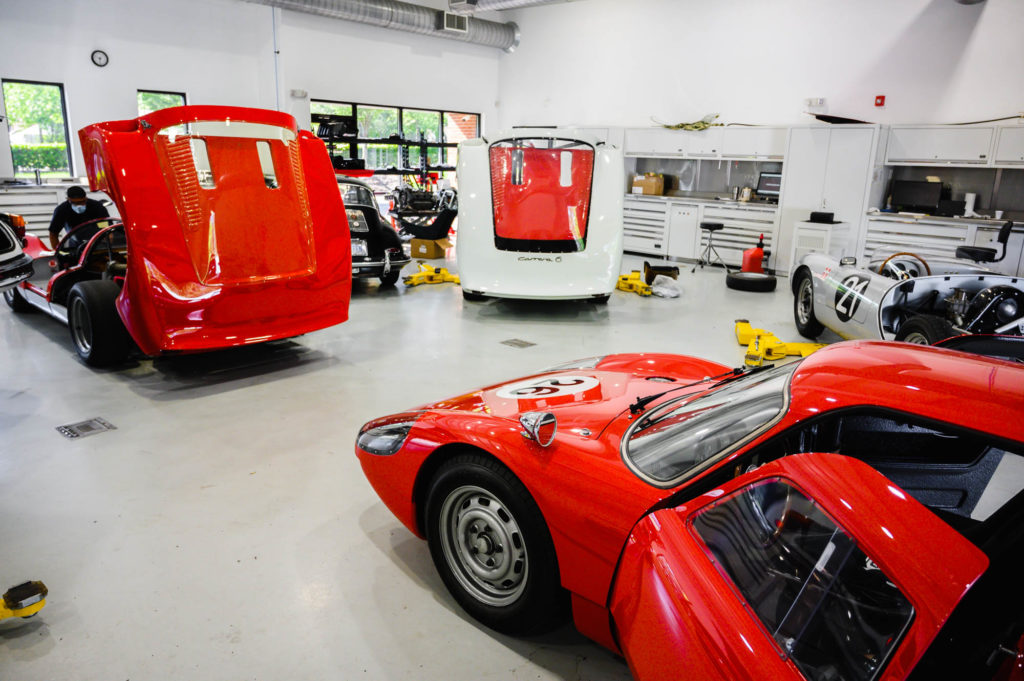
Buying any competition fiberglass Porsche can be as dangerous as buying a Rolex in a local pawn shop. Much like counterfeit watches, there are unscrupulous people who have revived cars back from the dead. There are several wonderful books that reference individual chassis numbers and histories, but it is especially important to have a consultant who has seriously spent time with how these cars are constructed if you are considering a potential candidate.
Nickolas Begovich recently graciously donated his entire sports car collection to his alma mater, California State Fullerton. Within this collection is the prized chassis 904-076 that Begovich bought brand new. This particular 904 painted in Signal Red is widely known as one of the most original 904’s in existence. It will be interesting to see how this example fares if it ever comes to public auction.

